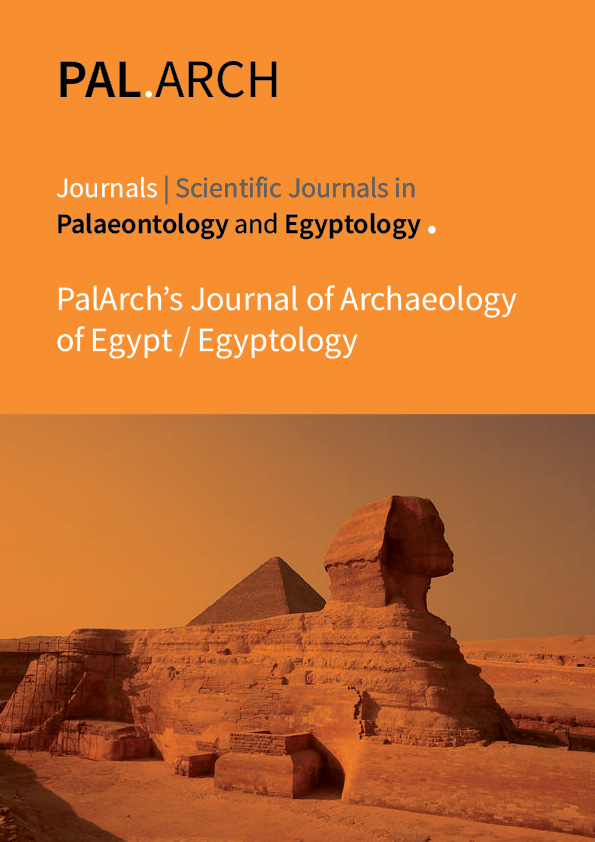LOCAL MODELING OF THE GEOMORPHOLOGICAL DANGERS OF THE AKASHAT VALLEY BASIN AND ITS IMPACT ON HUMAN ACTIVITIES
Abstract
The research deals with studying the geomorphological dangers of the Akashat Valley Basin based on modern technologies by relying on a number of criteria by which the step degrees of the basin can be determined, represented by layers (geological formations, height, slope, natural vegetation, and rain) and give weight but a layer according to the degree of their impact on Levels of risk by constructing a mathematical model, and then determining the most suitable lands for human activity (human settlement, agricultural activity, transportation methods) by determining the degrees of risk on three levels. The less dangerous lands represented the widest area of the valley basin by (45.6%), while the medium risk lands constituted (45.4%), and the more dangerous areas represented (9%) of the total basin area.



